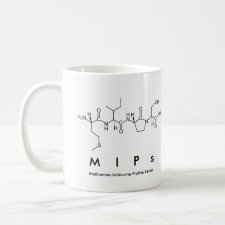
Authors: Luo J, Huang J, Cong JJ, Wei W, Liu XY
Article Title: Double Recognition and Selective Extraction of Glycoprotein Based on the Molecular Imprinted Graphene Oxide and Boronate Affinity.
Publication date: 2017
Journal: ACS Applied Materials & Interfaces
Volume: 9
Issue: (8)
Page numbers: 7735-7744.
DOI: 10.1021/acsami.6b14733
Abstract: Specific recognition and separation of glycoproteins from complex biological solutions is very important in clinical diagnostics considering the close relationship between glycoproteins with the occurrence of diverse diseases, but the lack of materials with high selectivity and superior capture capacity still makes it a challenge. In this work, graphene oxide (GO) based molecularly imprinted polymers (MIPs) possessing double recognition abilities have been synthesized and applied as highly efficient adsorbents for glycoprotein recognition and separation. Boronic acid functionalized graphene oxide (GO-APBA) was first prepared and a template glycoprotein (ovalbumin, OVA) was then immobilized onto the surface of GO-APBA through boronate affinity. An imprinting layer was subsequently deposited onto GO-APBA surface by a sol-gel polymerization of organic silanes in aqueous solution. After the removal of the template glycoprotein, 3D cavities with double recognition abilities toward OVA were obtained in the as-prepared imprinted materials (GO-APBA/MIPs) because of the combination of boronate affinity and molecularly imprinted spatial matched cavities. The obtained GO-APBA/MIPs exhibited superior specific recognition toward OVA with imprinted factor (α) as high as 9.5, significantly higher than the corresponding value (4.0) of GO/MIPs without the introduction of boronic acid groups. Meanwhile, because of the synergetic effect of large surface area of graphene and surface imprinting, high binding capacity and fast adsorption/elution rate of GO-APBA/MIPs toward OVA were demonstrated and the saturation binding capacity of GO-APBA/MIPs could reach 278 mg/g within 40 min. The outstanding recognizing behavior (high adsorption capacity, highly specific recognition, and rapid binding rate) coupled to the facile and environmentally friendly preparation procedure makes GO-APBA/MIPs promising in the recognition, separation, and analysis of glycoproteins in clinics in the future
Template and target information: protein, glycoprotein, ovalbumin, OVA
Author keywords: boronate affinity, Double recognition, glycoprotein separation, Graphene oxide, molecular imprinting, sol-gel



Join the Society for Molecular Imprinting

New items RSS feed
Sign-up for e-mail updates:
Choose between receiving an occasional newsletter or more frequent e-mail alerts.
Click here to go to the sign-up page.
Is your name elemental or peptidic? Enter your name and find out by clicking either of the buttons below!
Other products you may like:
 MIPdatabase
MIPdatabase









